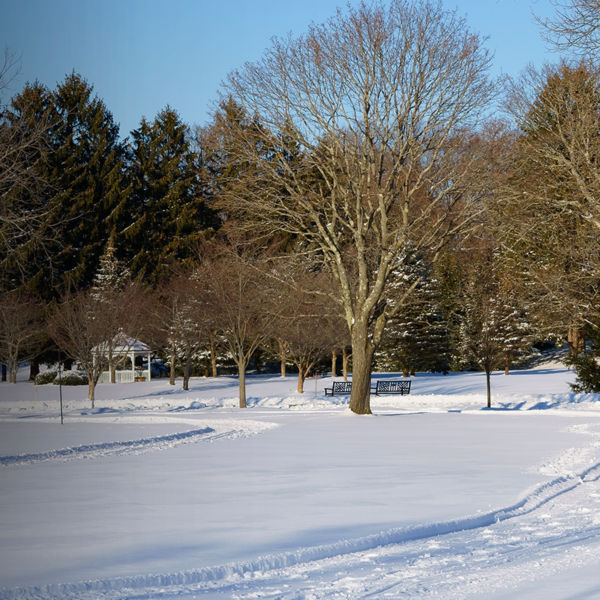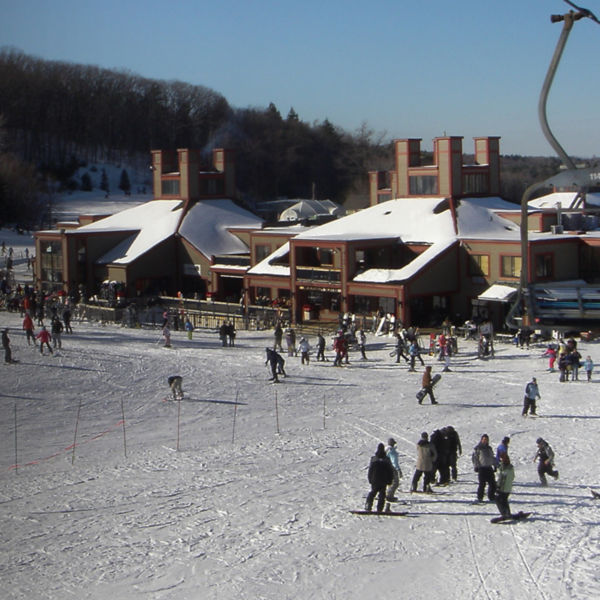
The 92-mile Midstate Trail stretches across the length of Massachusetts, from Mount Watatic at the state’s northern border to Douglas State Forest at its southern boundary. Along the way, the route threads between urban centers, connecting a necklace of parks, forests, and green spaces so deftly that it’s easy to forget you’re hiking across one of America’s most populous states.
Because you’re never too far from a trailhead or resupply, the Midstate Trail is exceptionally easy to thru-hike, and section-hiking options are endless. Here are a few local favorite day-hikes and weekend trips on the Midstate Trail, plus tips on doing the whole thing border-to-border.
Midstate Trail History
The ground beneath the Midstate Trail is the ancestral homeland of the Nipmuc, Abenaki, Wabanaki, and Pennacook tribes, all of whom took advantage of the area’s rich natural resources—including fish, game, and fertile cropland—for thousands of years. When European settlers arrived in the 1600s, they forced the land’s Native inhabitants out. Indigenous cornfields and hunting grounds were soon replaced by the farms, roads, cow tunnels, and other infrastructure you’ll see along the trail today.
The Midstate Trail was conceived of and built in the 1970s, intended to be a recreational link connecting the state from border to border. The route continues to be maintained by the Appalachian Mountain Club and the Midstate Trail Committee. Today, the trail represents a full tour through Massachusetts's geologic, cultural, and natural history.
How To Thru-Hike the Midstate Trail
It takes most hikers at least a week to complete the Midstate Trail from end to end. The trail is marked with yellow blazes, but because it connects a number of different paths, roads, and greenways, good navigation tools are a must. The Midstate Trail website publishes a free trail guide with detailed notes on every section, in addition to a full-length guidebook and a comprehensive digital map.
There are a few shelters along the way, but be sure to pack appropriate water filtration, a tent, a good tick repellent, and everything else you’d bring for a typical backpacking trip. Dispersed camping isn’t typically available, so it’s best to book lodging in campgrounds, inns, or hostels along the way.
Because there are so many towns within walking distance of the trail, it’s easy to replenish food and supplies as you go. However, if you want to ship yourself a resupply box, you can simply send it to a USPS post office ahead of your trip. Be sure to address it to the post office and put your name and “General Delivery” on the label. The small post office near Oakham (just north of the Lake Dean Campground) is very close to the trail’s halfway point.





































